When we think of anxiety and depression, usually the first adjectives that come to mind are “stressed” and “sad.” While those words aren’t technically “wrong,” they don’t give a full picture of what it’s like to live with these mental illnesses.
If we want to create greater awareness of mental health, we need to go deeper into the reality of life with anxiety and depression. That means defining and share real-life examples of what it’s like to live with different offshoots of anxiety and depression — some of which you may have experienced without realizing it has a name.
To shed light on some of the lesser heard of types of anxiety and depression, we’ve enlisted the help of Deborah Serani, Psy.D., a professor at Adelphi University and the award-winning author of “Living with Depression.”
Here are five manifestations of anxiety and depression we don’t talk about.
1. Alexithymia
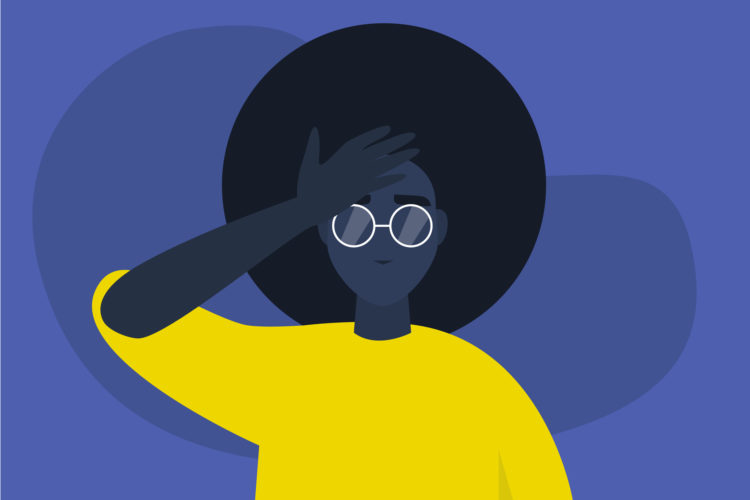
If you’ve never heard of alexithymia before, you’re in good company. In fact, it’s not even an official diagnosis recognized in The Diagnostic and Statistical Manual of Mental Disorders (DSM). But according to Dr. Serani, research suggests it affects approximately 8 percent of males and 2 percent of females on a spectrum from mild to moderate to severe.
The term “Alexithymia” was coined by psychiatrist Peter Sifneos in 1973 to refer to patients who have difficulty recognizing emotions. Serani said children and adults with alexithymia often struggle to understand how others think and feel, as well as understand their own self-experience with emotion.
“Often a person with alexithymia cannot name feeling states very well, usually bundling many different kinds of experiences into one sentence,” Serani told The Mighty. [They might say,] ‘I feel tired,’ or ‘I just feel sad.’ When asked to describe things further, it becomes a dreaded task. ‘That’s hard to do,’ or ‘Oh, I don’t know how to say it better.’”
This emotion processing dysfunction is associated with a variety of mental health conditions, including depression, post-traumatic stress disorder (PTSD) and schizophrenia. When asked how alexithymia manifests in folks with depression, Serani said:
When someone with alexithymia says, ‘I’m depressed,’ it could be that he or she is very sad. But it might also mean frustrated, lonely, disappointed, mournful, empty, fatigued, lost, helpless. Much of depression can be reduced with shifts in thinking and feeling. So, it’s vital for a person who has depression [and alexithymia] to become well-versed in the textures of their own symptoms to know what techniques to put into action.
Though learning to broaden emotional awareness may be difficult for someone with both depression and alexithymia, Serani said psychotherapy can help greatly.
“The key to treating depression is to learn and identify the different kinds of feelings states so we can accurately problem solve,” she said.
Struggling to identify emotions is something many people experience — not just folks with alexithymia. If you can relate, the following stories might be helpful:
- Disney Alum Was Diagnosed With Alexithymia, a Mental Health Struggle We Don’t Talk About
- The ‘Emotion Chart’ My Therapist Gave Me That I Didn’t Know I Needed
- When BPD Makes It Hard to Identify Your Emotions
2. Adjustment Disorder
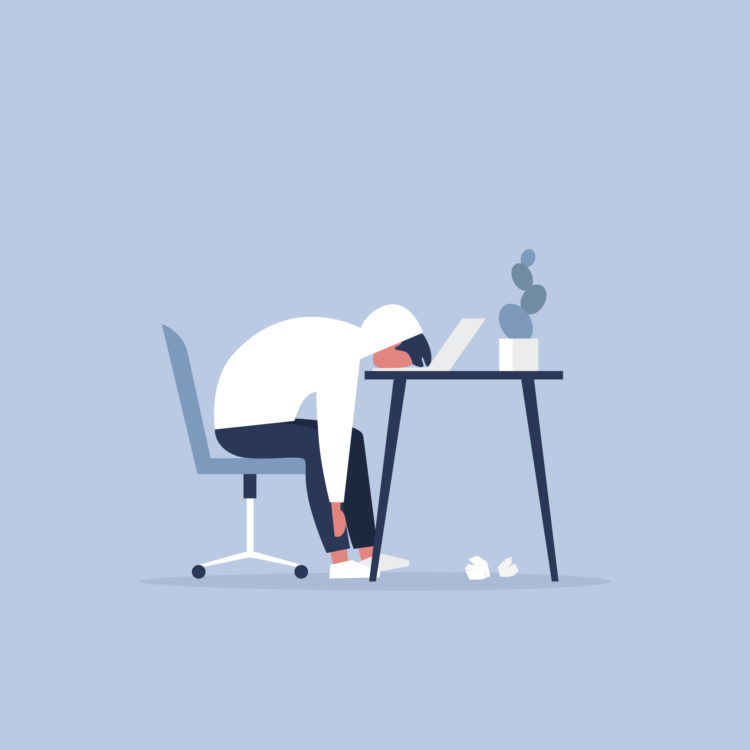
Adjustment disorder is a short-term condition that results from a person’s inability to cope with or adjust to a major life change or significant source of stress.
This condition is sometimes referred to as “situational depression,” because a person living with it will often exhibit symptoms of depression such as feelings of hopelessness or loss of interest in activities they would normally enjoy. While there are some similarities with clinical depression, people with adjustment disorder will typically not experience the “severe” and prolonged symptoms of major depression like suicidal thoughts, changes in sleep and appetite, etc.
Mighty contributor Kayla Balserak knows what it’s like to live with adjustment disorder. In her piece, “Adjustment Disorder: The Mental Illness We Don’t Talk About,” she wrote about moving from the big city of Tucson, Arizona to a small town. One of the symptoms she experienced most heavily was lack of motivation.
“There were times I would get a surge of motivation to go to the gym or do something… but that would often disappear almost as quickly as it came on,” she wrote. “I no longer enjoyed doing the things I used to do back in Tucson. I was utterly miserable and I felt so alone.”
Adjustment disorder is treatable, but it’s important to receive professional care. If left untreated, adjustment disorder may develop into major depression or other mood disorders in certain individuals.
Balserak herself received treatment for her adjustment disorder and improved greatly. She said:
I began therapy and was also put on a medication (mainly for my anxiety and depression). I began teaching spin classes at a local studio to get myself out of the house. I also do some other volunteer work and I have made some friends. In therapy, we often talk about why I have struggled to adjust to life here in this small town and the answer is simple: I just miss Tucson and I miss my old life. My ‘normal’ has changed.
If you recently went through a big life change or loss, you’re not alone. We encourage you to seek help in your area from a trusted medical professional. Change is difficult, and you don’t have to go through it alone.
For more resources, check out the following stories:
3. Anhedonia
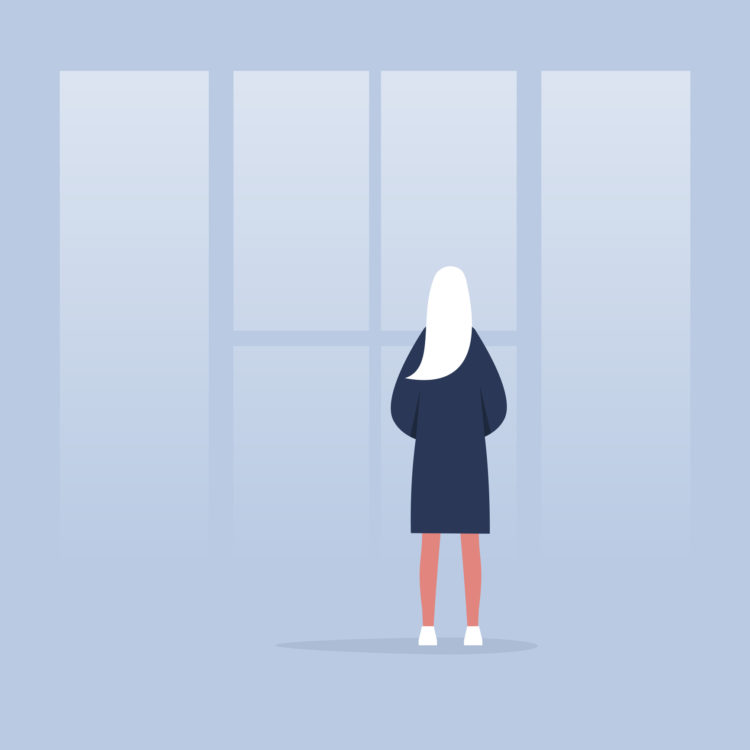
If you’ve ever been depressed and have struggled with feeling pleasure, you may have experienced anhedonia — even if you didn’t know the name of it. Though not an official “type” of depression in and of itself, anhedonia is a common symptom many people with depression experience.
According to Serani, anhedonia refers to the loss of pleasure or interest in experiences that once brought happiness. The depression symptom is associated with impaired reward circuitry in the brain.
Anhedonia typically manifests in two ways: physically and socially. Social anhedonia can take the joy out of spending time with people you would normally enjoy being around, while physical anhedonia can make your favorite foods taste bland and can make sex unfulfilling.
“I struggle daily with anhedonia — the inability to feel pleasure,” Mighty contributor Jeannette Whalen wrote. “Some days I get this urge to be more happy. But I’m lacking the ability to feel. I have zero emotion.”
In certain cases, psychiatric medication may induce anhedonia. It can be difficult to tell whether anhedonia is from depression or medication, which is why Serani emphasized the importance of keeping track of your day-to-day mental states with your doctor. She said:
As depression improves, generally anhedonia reduces. Typically, medications reduce depression and, as a secondary gain, reduce anhedonia… That being said, there are instances where medications can induce anhedonia. Research shows that stimulant medications, interferon, SSRI’s and SSNI’s and others can dull the sense of pleasure. With this kind of paradox, it’s key to pay very close attention to your own self-states when using medication. And should you feel less happy, loss of pleasure or interest in doing things that used to bring you happiness, you may need a change in dosage, a change in medication or other alternative treatments.
If you are struggling with anhedonia, it’s important to ask for help — from your loved ones and healthcare professionals. Mighty contributor Alan Eisenberg, who experiences anhedonia himself, has some words for loved ones supporting someone struggling with anhedonia.
If you meet someone that just completely seems uninterested and unmotivated, but has dealt with stress, anxiety and/or depression, don’t quit on them. I certainly wish I felt the way I used to in this area, but I also understand what is going on and I wake up ready to battle anhedonia every day. Most days I win the fight with the help of people that care about me. I think that’s about all I can ask for right now.
If you can relate to Alan or Jeannette’s experience, you’re not alone, and you deserve support. For more resources, see the following stories:
- When Mental Illness Causes You to Experience Anhedonia
- The Symptom of Depression That Didn’t Go Away — Even After I ‘Recovered’
- When Depression Affects Your Sex Life
4. Persistent Depressive Disorder
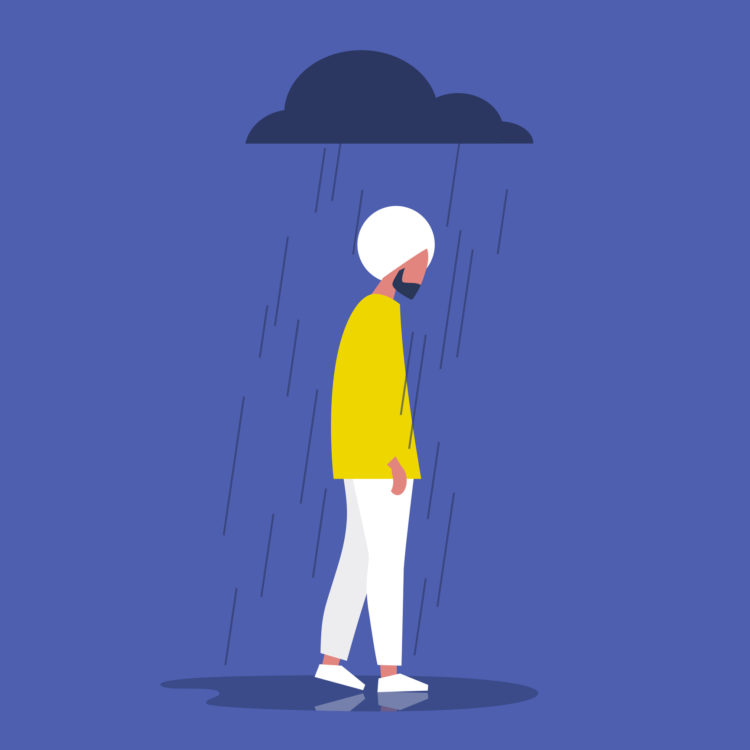
According to Serani, persistent depressive disorder (formerly known as dysthymic disorder or dysthymia) is the chronic, long-term experience of a depressed mood. For adults, this usually means experiencing at least two years of chronic depression, and for children, one year.
Though not as intense of a depression as major depressive disorder, it is characterized by a low-grade depressed mood that occurs every day. This is something Mighty contributor Jody Betty wrote about in her piece, “What It’s Like Living With the Weight of Persistent Depression.” She said:
Simply put, dysthymia is chronic depression. It is considered a ‘milder’ form of depression than major depressive disorder (MDD) however can be just as, if not more debilitating, as its symptoms usually last much longer than in MDD…
Dysthymia gives me days when I feel tired, old and brittle, as if the lightest breeze could knock me over, or the slightest of touches make me shatter… To sum it up, my dysthymia feels like I am walking around holding a weighted umbrella, which is casting a shadow over my head and teasing me with glimpses of sunshine.
Persistent depressive disorder accounts for about a third of patients seeking treatment for depression, according to Serani. Typical symptoms of the disorder include avoidance of social interaction, difficulty concentrating, apathy, fatigue and feelings of worthlessness.
If you think you may be experiencing persistent depressive disorder, talk to your primary care doctor or mental health care provider. According to Dr. Serani, therapeutic intervention typically involves psychotherapy where patients learn to identify depressive symptoms, redirect perceptions about feeling states and build resiliency so negative thinking reduces and problem-solving improves. Clinicians may also suggest medication in some cases.
To read more about persistent depressive disorder, check out the following stories from our community:
- When My Psychiatrist Said the Words ‘Treatment Resistant Depression’
- The Problem With Relentless Depression That Medication Can’t Relieve
- What You Need to Know About Persistent Depressive Disorder and ‘Double Depression’
5. Emetophobia
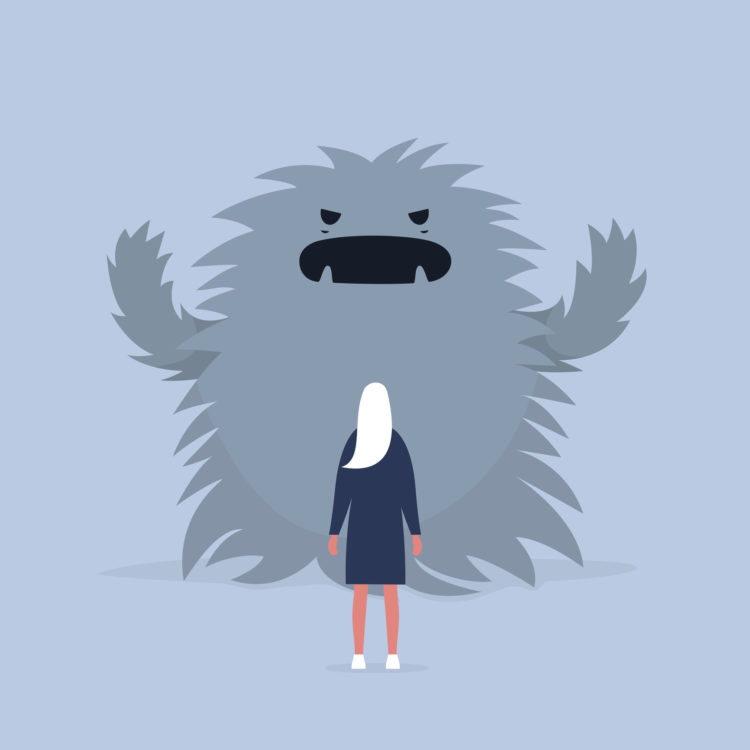
Emetophobia is an intense fear of vomiting, usually triggered by a traumatic vomiting experience in the past. Like all phobias, emetophobia is characterized by an anxiety response and, in some cases, can be a manifestation of obsessive-compulsive disorder (OCD).
According to Ken Goodman, LCSW, some folks with emetophobia get anxious just seeing the “V” word at all. He said people with this condition often develop “protective behaviors” like avoiding new foods, closing their eyes during vomiting scenes in TV/movies and overcooking food to kill potential pathogens — all to avoid vomiting themselves or witnessing it in others.
Phobias like emetophobia may seem “silly” to some, but it’s important to remember they can be debilitating to the people affected by them. This is something Mighty contributor Claire Fox addressed in her piece, “The Reality of Emetophobia and How I’m Beating It“:
I simply couldn’t be around anyone, friend or not, that had been or was at risk of vomiting. Now this isn’t your standard “ew, that’s gross” reaction. Since I can remember, any incidence of vomiting has sent me into a blind panic, and I’ve often become so distressed I lose consciousness…
There was a point I just believed I was really strange and nobody could possibly help me, because I was a “freak” that panicked over something so ridiculous. For years it affected my life in a number of ways from my relationships, to my social life, to how I interacted with others.
Though this anxiety condition can dramatically affect a person’s quality of life, treating emetophobia is possible. Treatment typically involves cognitive behavioral therapy (CBT) and exposure and response prevention (ERP) — the latter of which is a common OCD treatment. In both kinds of treatment, a mental health professional will work with a client to correct faulty beliefs and reduce avoidant behaviors.
To read more about emetophobia and other phobias, check out the following stories:
- The Reality of Emetophobia and How I’m Beating It
- What It’s Like to Live With Emetophobia: The Fear of Vomiting
- Why You Should Never Make Fun of Someone With a Phobia
Whether you are struggling with an inability to experience pleasure because of anhedonia, have trouble naming your emotions because of alexithymia, or are going through something else entirely, you deserve support. Anxiety and depression can manifest in a lot of ways, and if you find yourself struggling please reach out to trusted loved ones and healthcare professionals.
If you or someone you know needs help, visit our suicide prevention resources page. If you need support right now, call the National Suicide Prevention Lifeline at 1-800-273-8255 or reach the Crisis Text Line by texting “START” to 741741.
Lead GettyImages photo via DariaNK. GettyImages photos in piece via nadia_bormotova.

